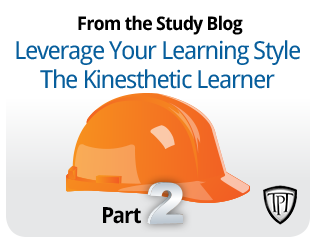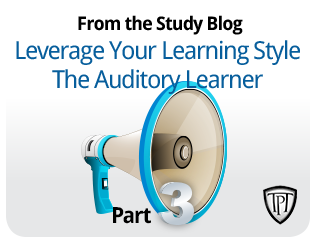
Do you tend to jump for joy in moments of jubilation? When trying to remember something, does it help to fidget? Would you rather take a computer apart in order to figure it out instead of following the manual? Are you fond of constructing diagrammatic models and figures? Does physical exercise cheer you up? Do you tap your foot or nod your head when you listen to music?
You know what we’re getting at — a yes to most of the questions above makes you a kinesthetic learner. Movement and physical activity facilitate your learning and information uptake. Personal experience is your greatest teacher. Now, let’s see how a kinesthetic learner can get the most out of a study session.
Read on the go.
You’ll usually find it uncomfortable to sit in one place and read for an extended period of time. It’ll be better for you to read during commutes, such as on the way to school. The subway will soon become your favorite place to read, particularly because of the fact that you know you won’t be reading that long, and there’s an end point in sight.
Take active breaks.
There’ll be times when you have to confine yourself to a room and read for a sustained period. You’ll benefit most from scheduling short but frequent breaks in your study sessions. Make yourself put down the books every once in a while and distract yourself for those precious minutes. Make a snack, do some stretches, have a one-minute dance party, play with your cat. These breaks will give your brain time to process the material you were just looking at and revitalize your body and mind for the next round of study.
Use body language.
This may sound funny, but if you’re given to gesturing while talking to another person because it feels like it helps you explain better, you’ll definitely want to gesture when you’re explaining something to yourself too. Plus, you’ll begin to associate certain movements with certain ideas and concepts, which will help you recall them later.
Try role playing.
This works even better than gesturing: this trick will be most useful when you’re working on language and vocabulary. You know why you never forget a nursery rhyme? Because you used to act them out as a kid.
Construct models and experiment.
When you’re dealing with a complex, abstract concept, you’ll benefit most from constructing tangible models with manipulable materials and experimenting with and applying the theorems you’re studying. it’ll also help to make field trips: learning on site is your preferred approach because it gives you the chance to interact directly with your material.
Think you’re doing better? If not, then you’re probably a visual learner or an auditory learner. We’ve got tips for all kinds of learning styles.
Now that you know what your learning style is, you’re better equipped to jack up your GPA, and we can help you get even better. Visit our website and book yourself a free session!



For some odd reason, I can’t read while i commute. It’s not possible for me to study in the car/. Can you help me with this problem? that is, if there is a possibe solution to it.
Also I think that we should limit ourselves to a time period for the break because once a break starts it never ends 😛
Really depends on the mode of transport I think. I mean i’d be alright reading on a flight or a train maybe but I can’t do it in a car.
who cares?